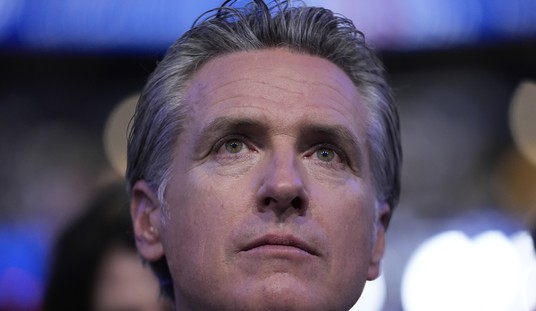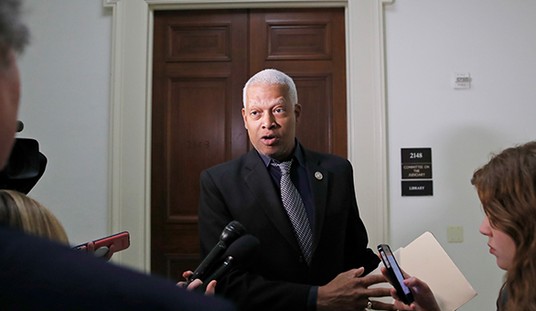One of the trends in modern medical practice is the growing popularity of evidence based medicine (EBM), also called evidence based health care. In the United States the leading advocate of EBM is the US Preventive Services Task Force. Their methodology is widely used within the Department of Health and Human Services. Under the EBM protocol, studies are reviewed and assigned a rating:
Level I: Evidence obtained from at least one properly designed randomized controlled trial.
Level II-1: Evidence obtained from well-designed controlled trials without randomization.
Level II-2: Evidence obtained from well-designed cohort or case-control analytic studies, preferably from more than one center or research group.
Level II-3: Evidence obtained from multiple time series with or without the intervention. Dramatic results in uncontrolled trials might also be regarded as this type of evidence.
Level III: Opinions of respected authorities, based on clinical experience, descriptive studies, or reports of expert committees.
From these studies possible interventions are rated on a scale of efficacy
- Grade A. Recommended. There is high certainty that the net benefit is substantial.
- Grade B. Recommended. There is high certainty that the net benefit is moderate or there is moderate certainty that the net benefit is moderate to substantial.
- Grade C. No recommendation. Clinicians may provide the service to selected patients depending on individual circumstances. However, for most individuals without signs or symptoms there is likely to be only a small benefit.
- Grade D. The Task Force recommends against this service. There is moderate or high certainty that the service has no net benefit or that the harms outweigh the benefits.
- I statement. The current evidence is insufficient to assess the balance of benefits and harms.
And certainty:
- High. Consistent results from well-designed studies in representative populations that assess the effect of the service on health outcomes.
- Moderate. The evidence is sufficient to determine the effects of the service, but confidence is limited. The conclusion might change as more information becomes available.
- Low. The evidence is insufficient to assess effects on health outcome.
This reduces the by-guess-and-by-God factor in medical practice, eliminates tests that may do nothing, and identifies therapies which will probably be successful. It isn’t a totally analytical process because it realizes that there is value in the clinical opinion of doctors and the views of patients.
While the results haven’t been perfect, see, for instance the controversy of their mammogram recommendation, they have been very, very good.
Unfortunately, this very logical practice is not carried out throughout the government.
Yesterday, I posted on the strong evidence that indicates that Medicaid does not provide better outcomes for its enrollees than those outcomes experience by a similar age/income cohort that does not have health insurance (see Medicaid: A Placebo for the Poor). In response to less market research than you would undertake in buying a new car, the federal government spends about $430 billion on a program for which there is no evidence that it does much of anything besides spending $430 billion. This is not an argument against healthcare for the poor, but if Medicaid expenses were parceled out evenly, every man woman and child in the United States could have received a health insurance voucher worth about $1400.
To the detriment of society, most government programs are driven by two factors: 1) the desire of politicians to be seen “doing something,” and 2) the desire of the bureaucracy associated with a program to perpetuate itself.
Earlier in the year a report was released by the Department of Health and Human Services on Head Start.
In 2010, HHS released the findings of the Head Start Impact Study, which tracked the progress of three- and four-year-olds entering Head Start through kindergarten and first grade. Overall, Head Start had little to no positive effects for children who were granted access.[3]
For the four-year-old group, compared to similarly situated children not allowed access to Head Start, access to the program failed to raise the cognitive abilities of participants on 41 measures.[4]Specifically, the language skills, literacy, math skills, and school performance of the participating children failed to improve.
Alarmingly, access to Head Start for the three-year-old group actually had a harmful effect on the teacher-assessed math ability of these children once they entered kindergarten. Teachers reported that non-participating children were more prepared in math skills than those children who participated in Head Start.
Head Start also had little to no effect on the other socio-emotional, health, or parenting outcomes of children participating in the program. For the four-year-old group, access to Head Start failed to have an effect for 69 out of 71 socio-emotional, health, and parenting outcomes. For example, “Teachers reported that Head Start group children were more shy or socially reticent than the control group children.”[5] The three-year-old group did slightly better; access to Head Start failed to have an effect for 66 of the 71 socio-emotional, health, and parenting outcomes.
So for an annual cost of 8.1 billion federal dollars, which must be matched by 1.6 billion state and local dollar we get a program that not only achieves virtually nothing but is proven detrimental to the development of children in some areas.
This is not a wholly federal disease. States are also vulnerable. Today at HotAir, Mary Katharine Ham (be sure to follow @mkhammer on Twitter) takes on that subject in Study: Nope, government pre-K programs still not actually helping kids.
Making high-quality preschool available to every single child in America. So, what would we get for that money? And, more importantly, what do students get? A new study of Tennessee’s Voluntary Pre-K program suggests, once again, the answer is not much.
Like HHS’s Head Start Impact study, the study of the TN-VPK program is a randomized trial, which meets the highest standard for scientifically evaluating programs. The study followed 3,000 4-year-olds starting in 2009. A state lottery system determined which children of the 3,000 who applied for pre-K were admitted to the program. Those who won the lottery became the pre-K group and those who lost, the control group to which they were compared. Three quarters of those in the control group did not end up in a pre-K program, so you’re looking at a pretty close approximation of state pre-K vs. nothing. A subset of 1,100 students were tested as they progressed from pre-K to first grade to determine what gains, if any, stuck around, as pre-K proponents claim they do.
She links to a study conducted by Vanderbilt University of TN-VPK:
The relatively large effects of TN‐VPK on the Woodcock Johnson achievement measures found at the end of the pre‐k year were greatly diminished and no longer statistically significant at the end of the kindergarten year. The only exception was a marginally significant negative effect on Passage Comprehension such that nonparticipants had higher scores at the end of the kindergarten year than TN‐VPK participants.
Similarly, at the end of first grade, there were no statistically significant differences between TN‐VPK participants and nonparticipants on the Woodcock Johnson achievement measures with one exception. There was a significant difference that favored the nonparticipant group on the Quantitative Concept subscale.
These diminished effects were not entirely unexpected in light of the findings in other longitudinal studies of the effects of early childhood programs on economically disadvantaged children. For preschool programs, a typical finding is that the cognitive effects are not sustained for very long after that initial year.
The results are eerily similar to those reported on Head Start. There are no real gains made by the children and the programs may be harmful in some respects.
This is faith-based social spending, a kissing cousin to the revered Democrat practice of Cargo Cult Economics (see here | here |here | here | here | here) .
If the poor need health care, let’s create a health care program. If we believe that early education is a route out of poverty, then let’s create an early childhood education program. It isn’t necessary that we get anything for the cost, it doesn’t even matter that the program might be harmful, the important thing is that wealthy liberals and the politicians that represent them get the chance to feel good about themselves.
The direction conservatives need to go in restricting the growth of government lies in two factors. We have to strangle the regulatory state and we have to demand that government programs actually produce something that is worthwhile. Just making the programs harmless would be a good place to start.














Join the conversation as a VIP Member